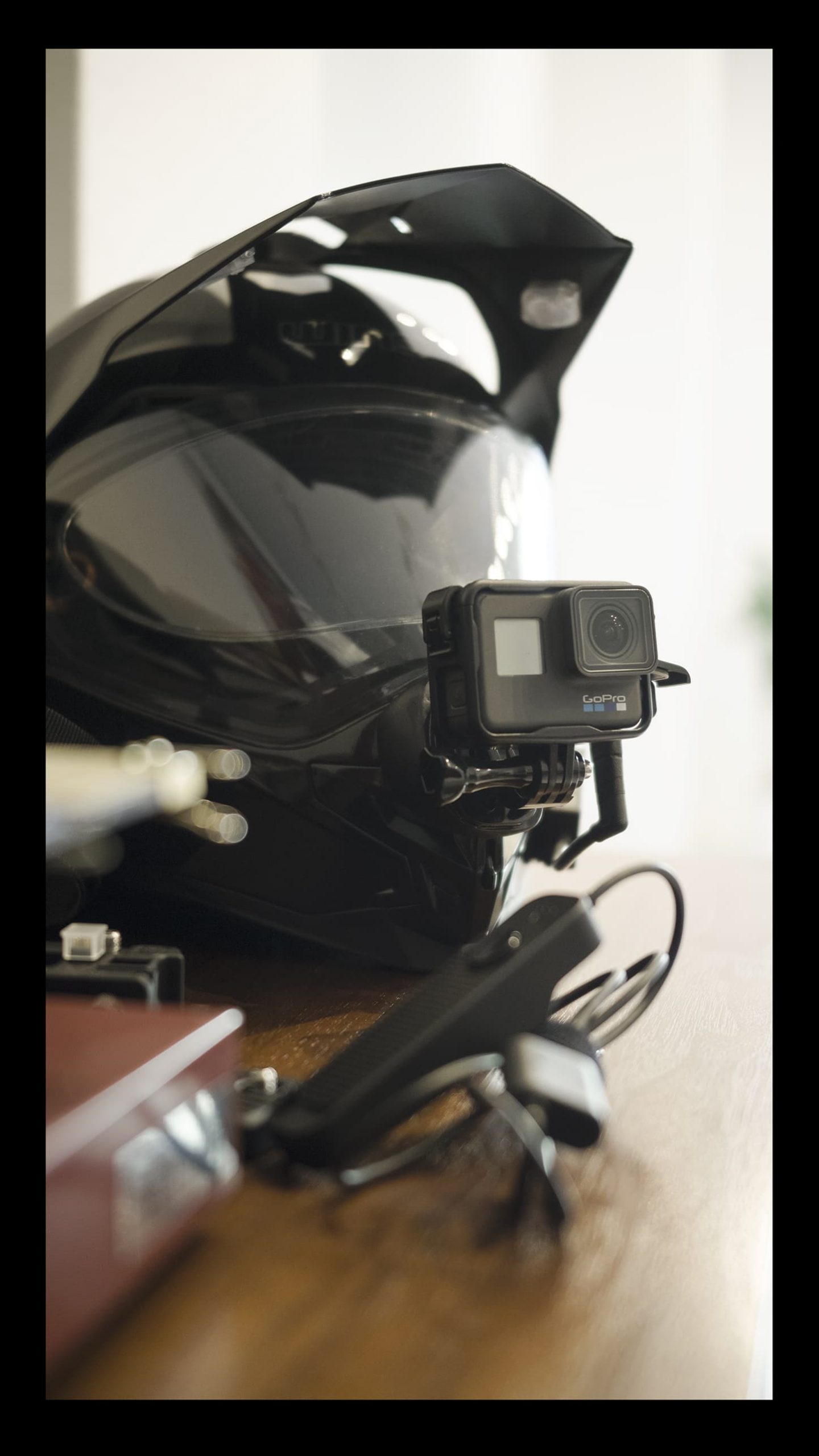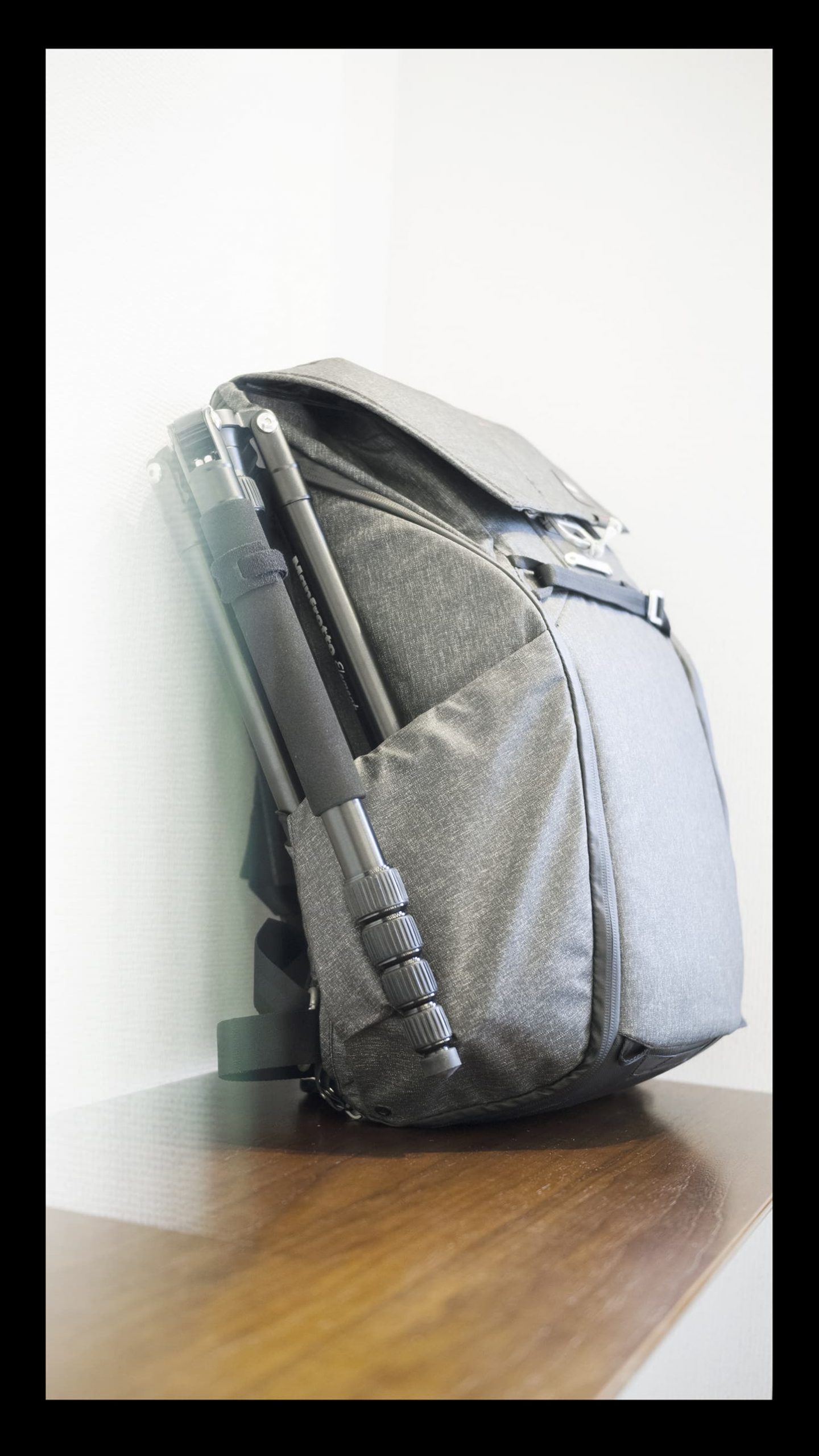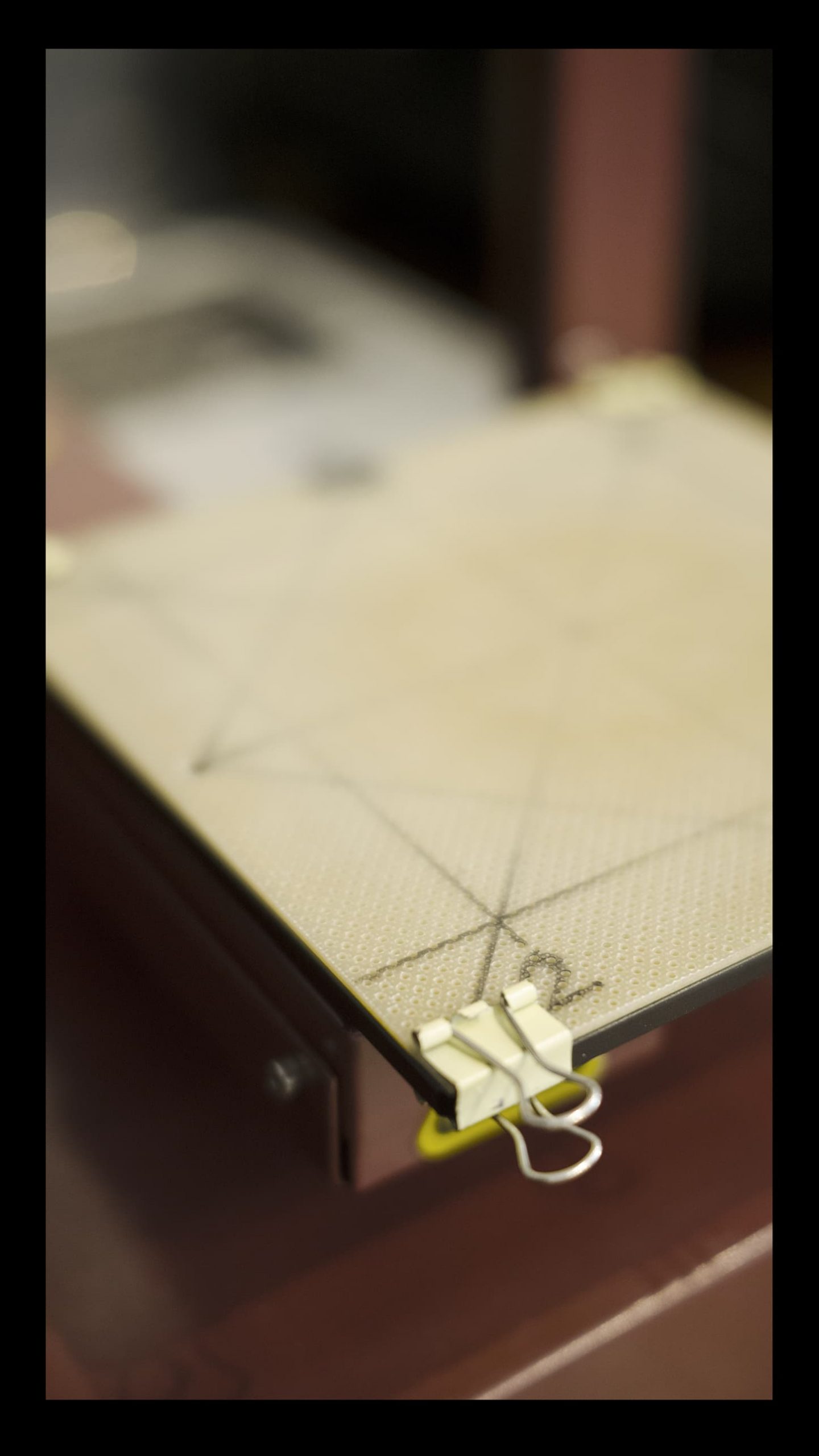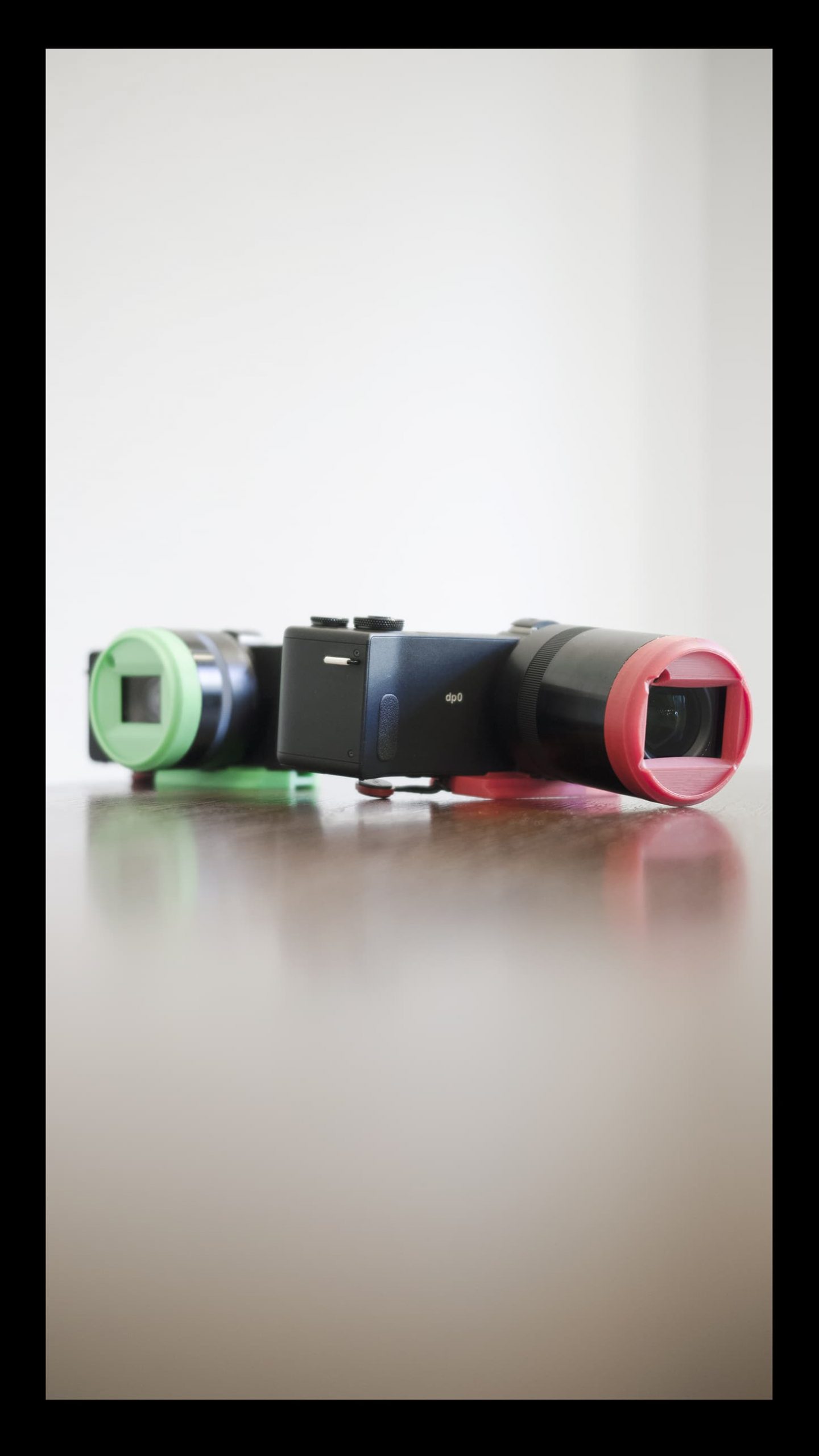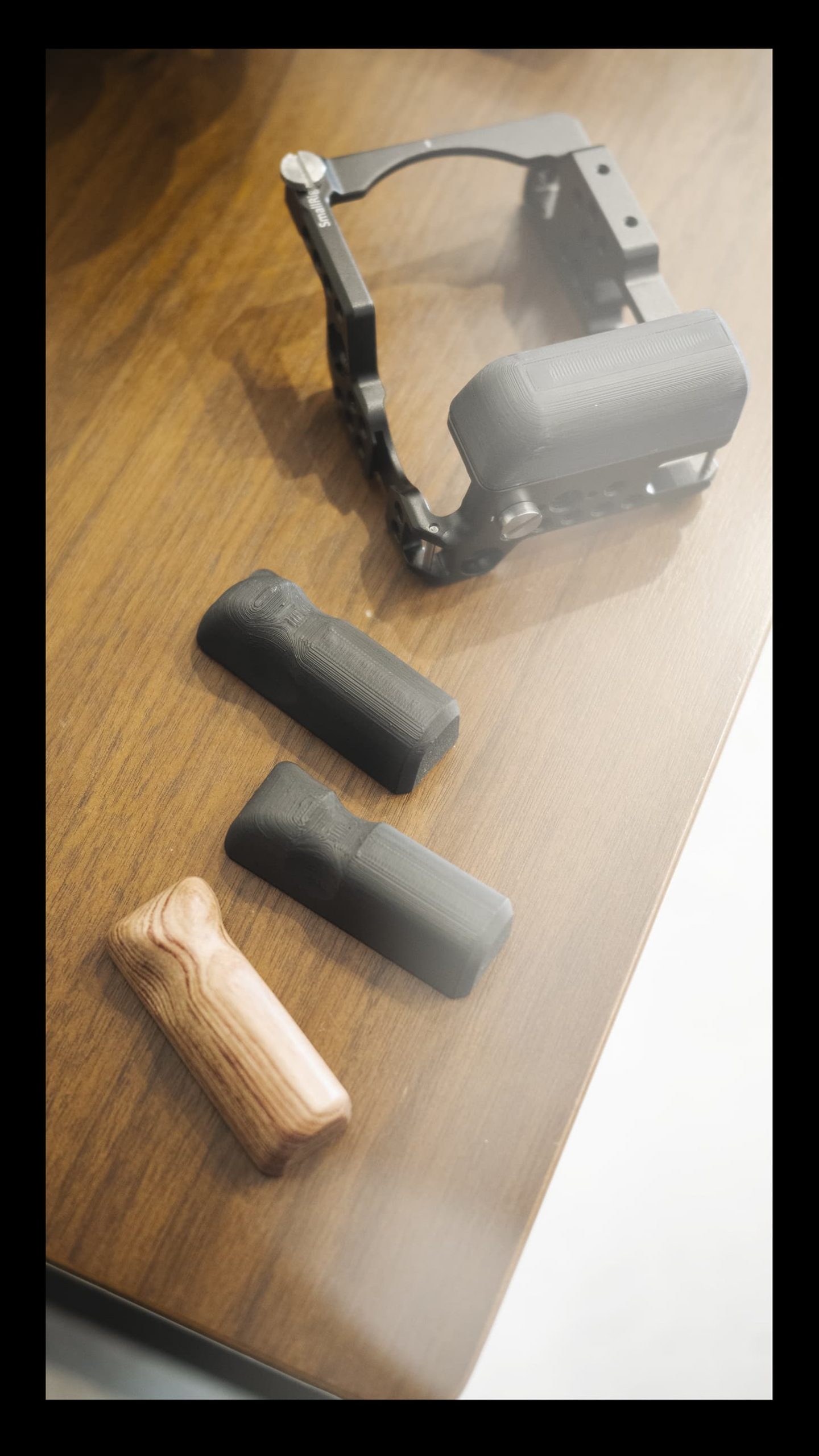
Hiroyasu Kataoka / foxfoto
Designer
Produce: Yoshinao Yamada, Photo: Hiroshi Iwasaki, Video: DRAWING AND MANUAL
*English subtitle is available on this video.
Manufacturing+fp
"When announced that SIGMA will release the 3D data to encourage third-party makers to develop accessories,
I kind of thought, 'all right, they're talking about me.' (laughs)"
"I use a 3D printer to make accessories for cameras"
My name is Hiroyasu Kataoka. I use a 3D printer to make accessories for cameras. You can find me on social media under the nickname "foxfoto." I used to work for a car manufacturer and was interested in anything to do with cars. But gradually, my interest shifted to cameras, and I eventually began to work as an assistant photographer for a photography company. Later, when I was able to make a living working as a freelance photographer and designer, I became interested in 3D printers after they had become more easily available. I bought one for myself, and started creating all kinds of things with it.
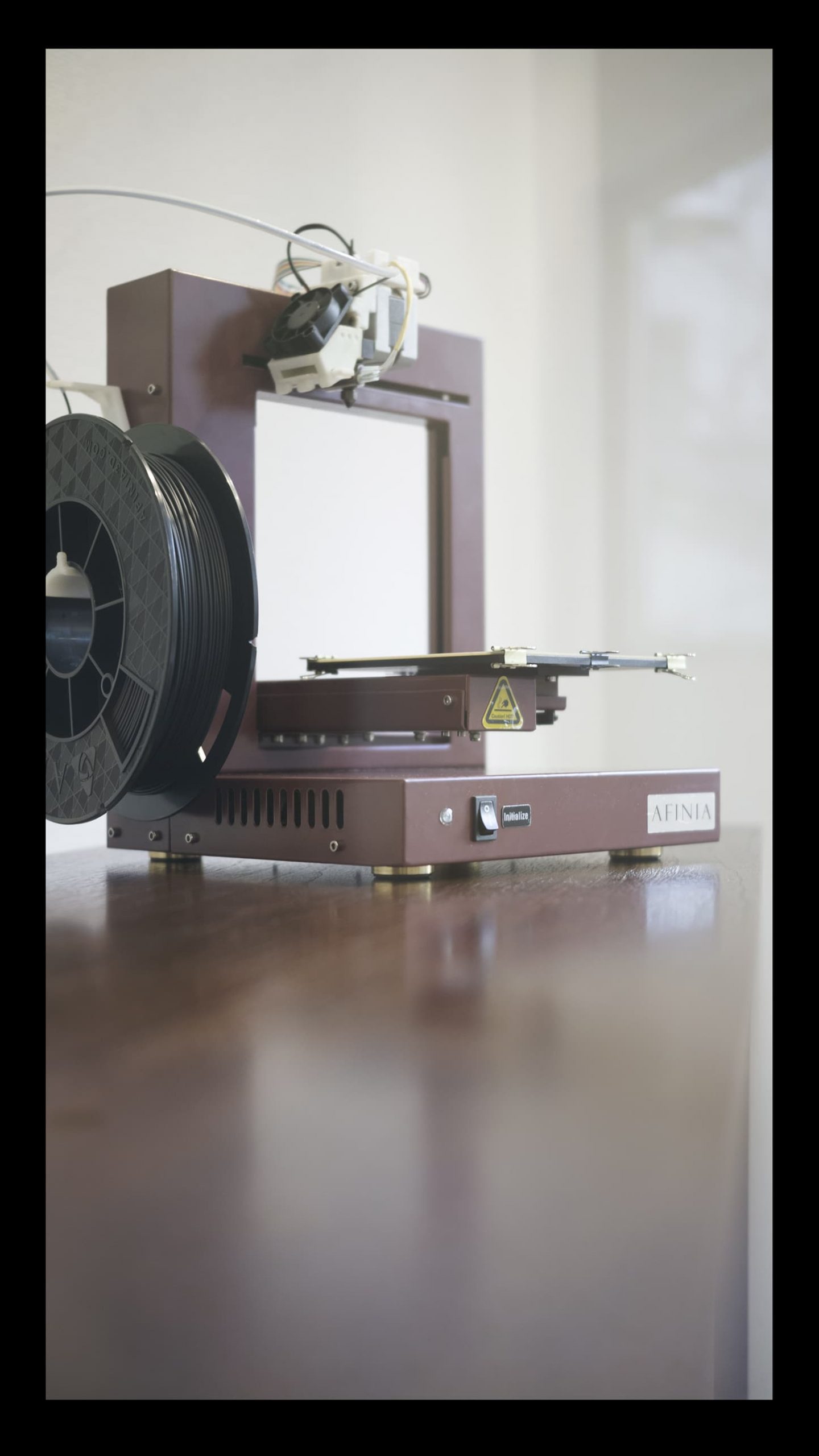
"Forms and materials that allow the driver to handle everything with the sense of touch alone"
I was doing interior design for cars at my previous job - there are so many elements to a car's interior! The steering wheel, the gear stick, the seats, the speedometer and so on. At the company I worked for, each part of a car's interior was created by a different designer. The work requires many people to work together, and I was given a lot of responsibility even as a newcomer. The things I designed were meant to be touched by human hands, and not attract too much attention. I spent all my time designing forms and materials that allow the driver to handle everything with the sense of touch alone so that they are able to focus on the road ahead. I still have a habit of touching and regarding things under this aspect, cameras for example.
"I could try and make something useful for my camera as well"
I bought a camera for myself because I needed one for my work. As part of my job
as a designer, I always need to be aware of our competition. As part of my
research, I often photographed cars made by rival companies. My company issued
me a camera, but it was quite old... In order to shoot a car's interior, you can't
use a big DSLR. However, you do need a wide-angle lens, otherwise you won't be
able to capture an overview. Mirrorless cameras weren't available back then. I
bought a Ricoh GX100 and a wide converter that let me shoot at 19mm. I only
bought the camera for work but as I kept using it I started to enjoy taking
photographs. Before I knew it, I always had the camera with me, at work and in
my private life. In the end, I bought myself a DSLR - I had always considered
them too nerdy - and even changed my job!
For a few years, I stayed away from manufacturing completely. Around 2013, 3D printers became available for everyday use. I felt the desire to create something again - even if it turned out bad - and decided to buy one. In the beginning I made small parts for random things in my house, just adapters and similar stuff. I kept improving and repairing all the little things in my house that were a little difficult to use - small things, really, but I enjoyed it a lot. And I thought, hey, maybe I could try and make something useful for my camera as well.
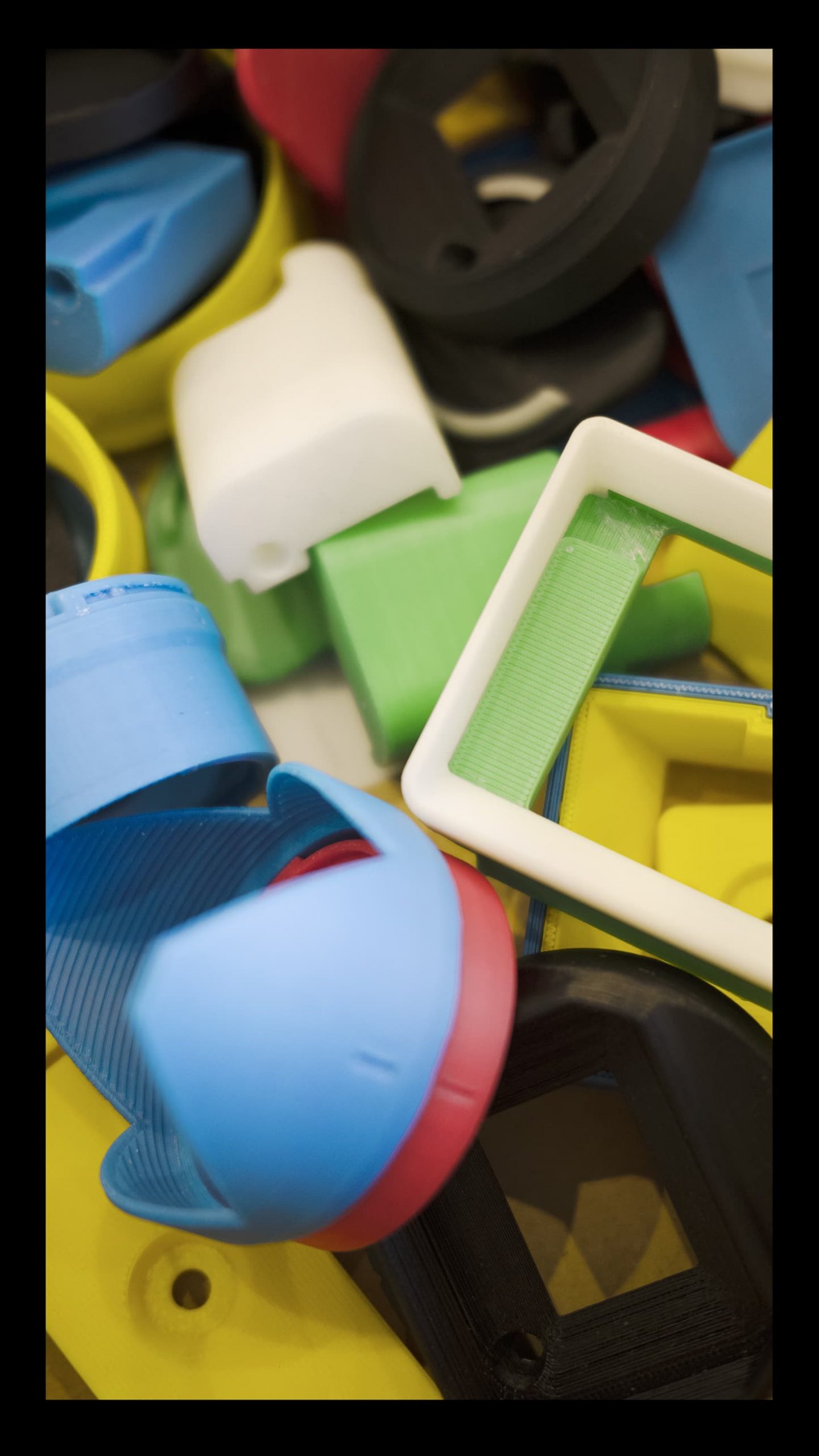
"The first thing I made was a camera grip with battery case for the DP Merrill"
The first camera accessory I ever produced was a part for the DP Merrill. The image quality was amazing. However, its battery mileage was so bad the cameras actually each came with two battery packs. Even when you went on short photo walks in the neighborhood, you needed to take an extra battery with you. I thought it would be more comfortable if the camera itself could house one more battery, and so the first camera accessory was a camera grip for the DP Merrill that had enough room for an extra battery. It was still a prototype, but I happened to have it with me when I visited a product trial at SIGMA's headquarters - photographer Koichi Mitsui saw the device and said, "What's that on your camera? Looks cool!" 3D printers were still relatively rare back then, and as we talked about this and that, I began to think it would be interesting to focus more on creating new parts for cameras.
"Orders often developed into deep discussions about cameras"
The first accessory I actually put up for sale was a lens hood for the dp2 Quattro. I thought the camera would be more practical with a more compact lens hood that could be left on all the time. I posted about my lens hood on social media, and the response was overwhelming. Soon I began taking orders via e-mail. The people who e-mail me were camera enthusiasts who loved photography, so instead of impersonal business-like correspondence, the mails often developed from requests like "I recently bought this camera, could you also make this kind of accessory?" into deep discussions about cameras.
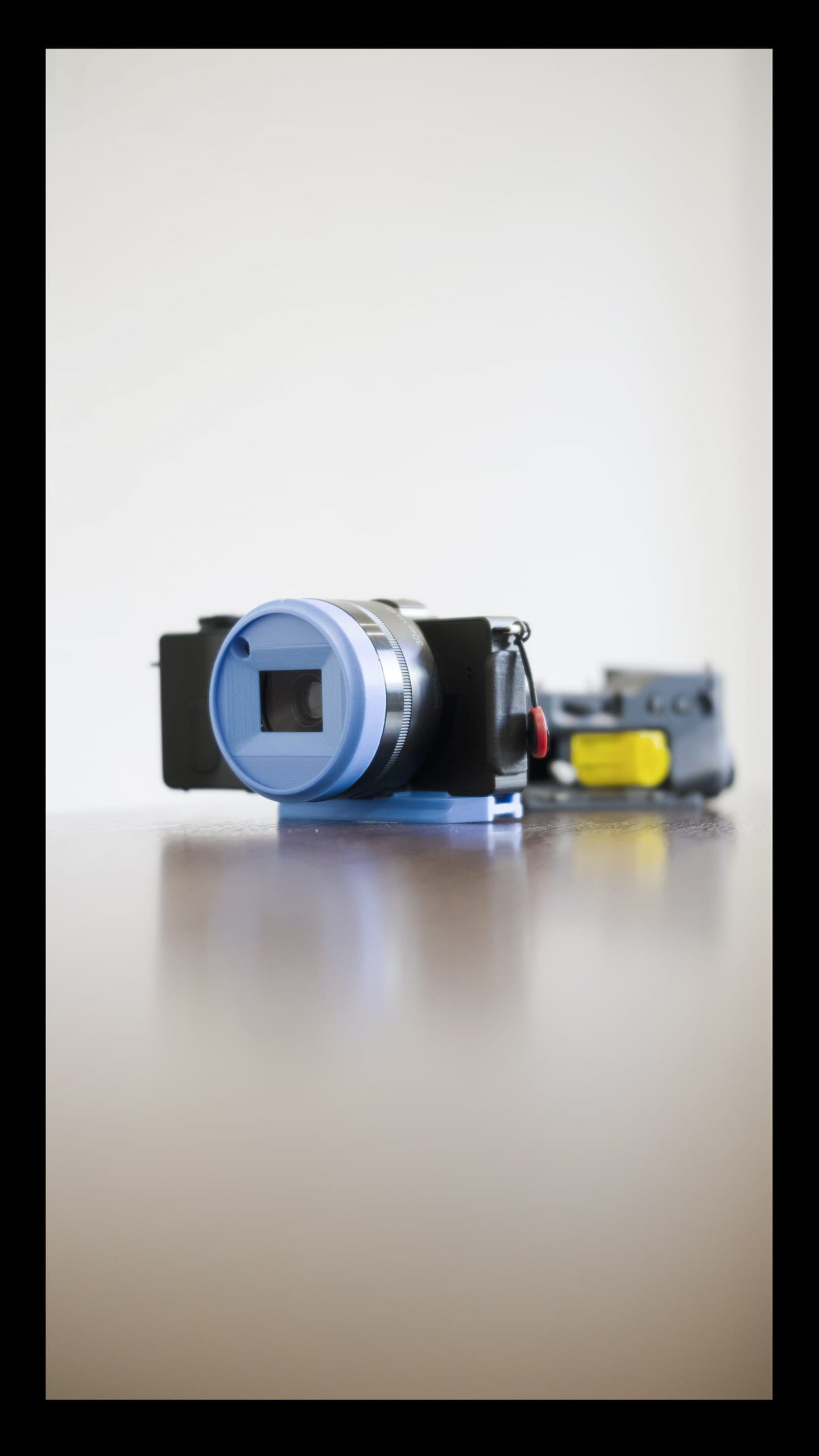
"Using the camera, there were many times when I thought, 'ah, so that's why'"
SIGMA's product design is quite eccentric in a certain way, but also clean and organized. In like that they were designed around the core features and don't use over designed icons or ornamental lines. When the dp2 Quattro was released, I was surprised by its strange shape but when using it there were many times when I thought, "ah, so that's why." The buttons as well as every other element are organized in a simple way, and I love that kind of unified design sense.
"I was in awe - a full-size sensor in such a small camera?"
The announcement of the fp honestly shocked me. I was in awe - "what's that?!"
and "a full-size sensor, in such a small camera?" were the things that went
through my mind. I had the impression it was a great hybrid camera for both
video and photography, but as CEO Kazuto Yamaki continued his presentation and
announced that SIGMA will release the 3D data to encourage third-party makers to
develop accessories, I kind of thought, "all right, they're talking about me."
(laughs)
After the fp went on sale, companies and individual users actually started creating all kinds of accessories, and I expect this to become even more popular in the future.
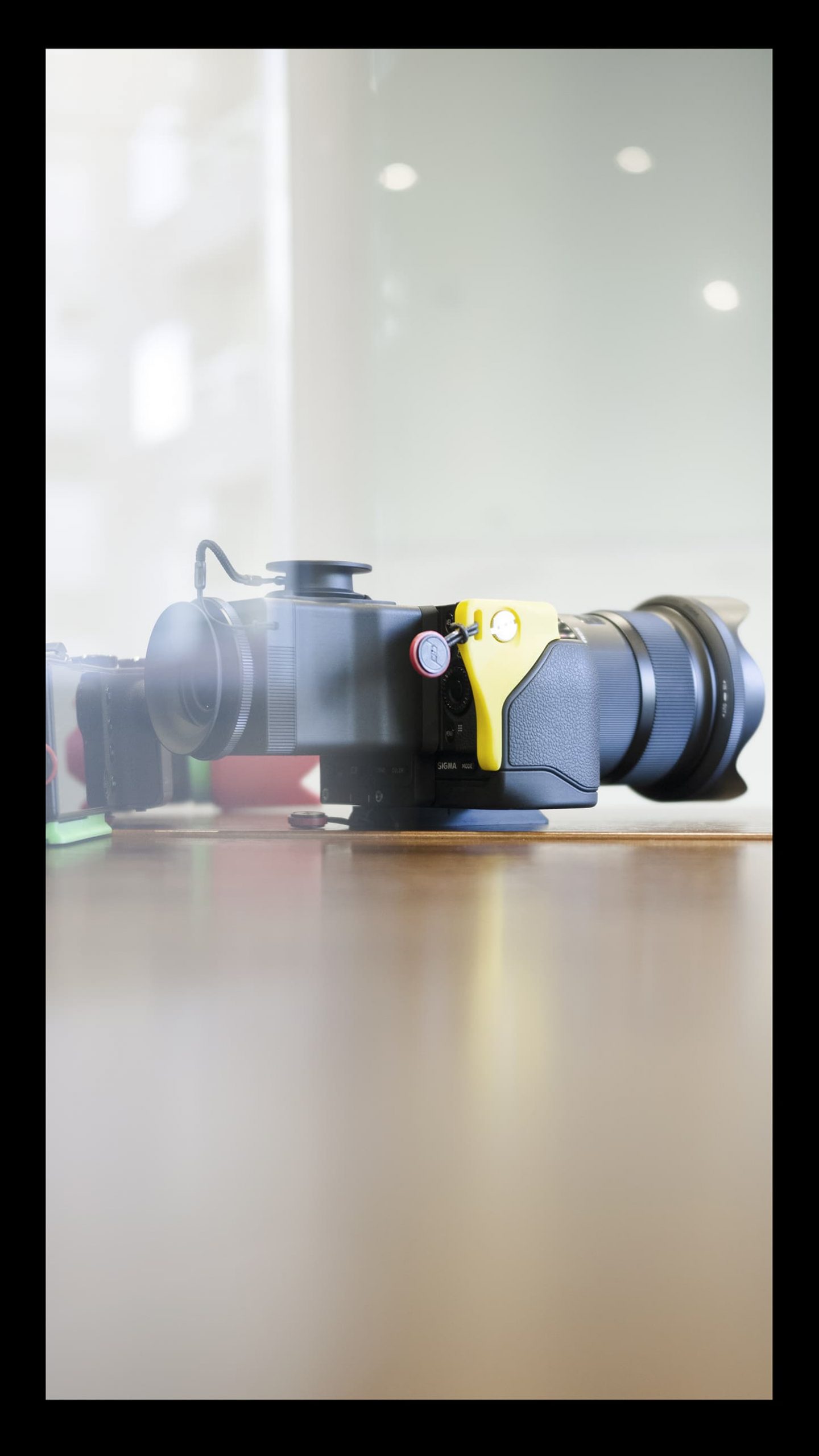
"Videos really are important for the expandability of a camera system"
The very first camera I ever bought was a EOS 5D Mark II, a really good DSLR for video shooting. In a way, it was a camera quite similar to the fp. I still remember how much the camera fascinated me. While I also used it for work, I also created my own video and photography artworks with the camera. Over time, I began to lean more towards photography, and since I started using the DP2 Merrill and similar cameras, almost haven't taken video at all, partly because the Foveon sensor only does photo. But ever since cameras like the fp have been released, I feel the urge to start creating videos again. I think videos really are important for the expandability of a camera system. There are so many ways to shoot with a camera - walking around with the camera in your hand, or like today, with lots of accessories and tools and a tripod. I think I'll just keep using the fp and start creating whatever accessories feel necessary to me.
"SIGMA always manages to exceed my expectation"
It is probably a good time for SIGMA to switch from DSLR mounts to mirrorless mounts. I'm very excited about this development. I can't wait to see how SIGMA's efforts of the past few years will change due to the change in camera systems. I enjoy using the fp a lot, and I'm already looking forward to the next camera they'll release. As an accessory maker and as one of their biggest fans, SIGMA always manage to exceed my expectations, and I can't wait to see what they will announce next.

